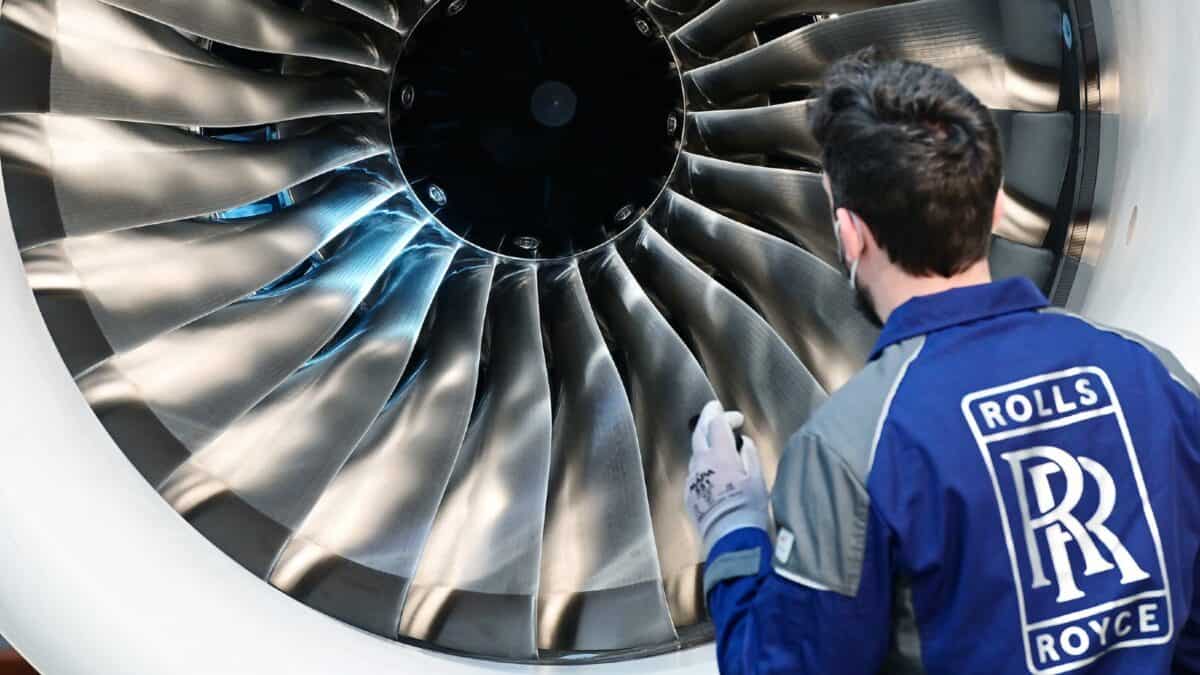Image source: Getty Images
Many Britons are putting their money into savings accounts at the moment. And that’s understandable, as a lot of accounts are paying decent levels of interest. Personally though, I’m directing most of my excess cash into a SIPP (Self-Invested Personal Pension) account. Because with a SIPP, I reckon I can obtain returns that are much higher than those offered by savings accounts.
Free money from the government
The beauty of contributing to a SIPP is that they typically come with tax relief. This is essentially a reward (free money) from the UK government for saving for retirement.
The amount of tax relief available depends on an investor’s tax bracket. But basic-rate taxpayers are entitled to 20% (for higher-rate and additional-rate taxpayers these are 40% and 45% respectively).
This means I can pick up a 25% return, risk-free, before I’ve even invested a penny of my capital.
In other words, if I was to put £5,000 of my own money into my SIPP, I’m looking at a total contribution of £6,250 (note that I’d have to lock this money away for the long term).
Please note that tax treatment depends on the individual circumstances of each client and may be subject to change in future. The content in this article is provided for information purposes only. It is not intended to be, neither does it constitute, any form of tax advice. Readers are responsible for carrying out their own due diligence and for obtaining professional advice before making any investment decisions.
Higher returns
It gets better though. You see, with a SIPP, there’s typically access to a wide range of stock market-based investments. This means I’ve the ability to generate an even higher return on my money.
Over the long run, the stock market’s generated a return of about 10% a year. If I was able to generate a 10% return on my £6,250 in year one, I’d be looking at total capital of £6,875. That would represent a return of 37.5% on my initial £5,000.
Aiming for 10% capital growth
Of course, I’d need to invest properly to achieve that 10%. One or two shares isn’t going to cut it.
But one shortcut I could use is to invest in a global exchange-traded fund (ETF) that provides one-click access to a basket of stocks.
A good example is the iShares MSCI World UCITS ETF (LSE: IWRD). This ETF provides access to around 1,500 stocks. And all the big, well-known companies such as Apple, Nvidia and Amazon are in the mix.
Looking at the performance track record, it’s actually generated returns in excess of 10% annually in recent years.
Indeed, for the five-year period to the end of February, it delivered a total return of 71.5%. That equates to an annualised return of about 11.4%.
Of course, past performance isn’t an indicator of future returns. While the stock market tends to rise in the long run, it can be volatile in the short term.
A drop in economic growth, a dip in corporate earnings, a flare up in geopolitical tension, or a ‘black swan’ event could cause a decline.
Even if market returns were poor in the near term, I’d still have my tax relief. This means the chances are I’d still beat returns from savings accounts.
Credit: Source link














